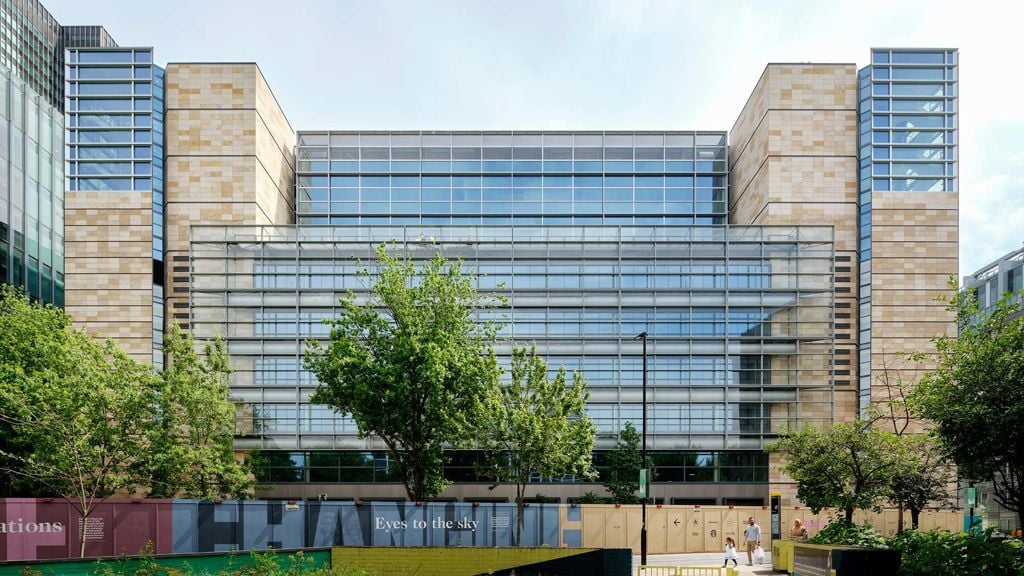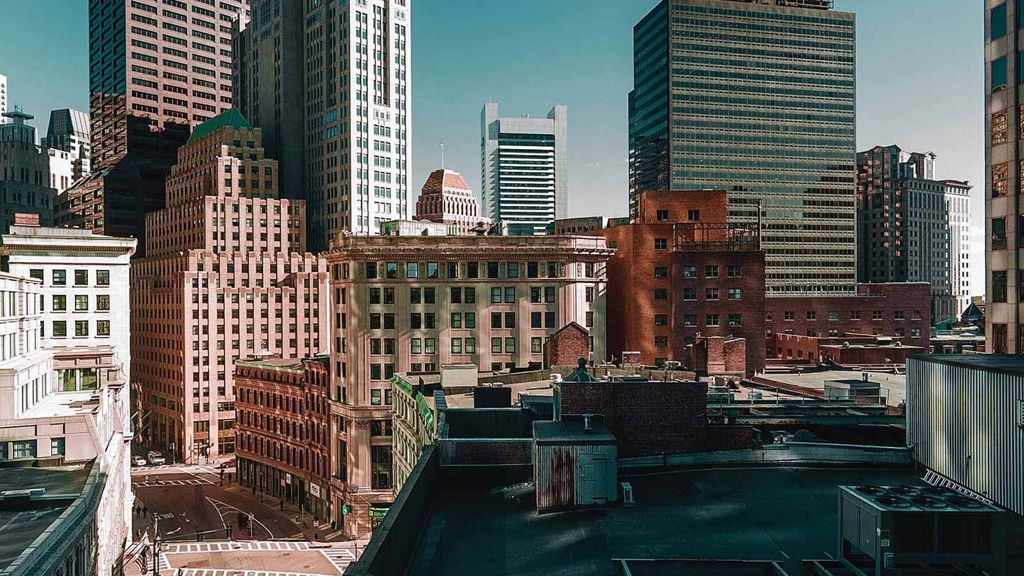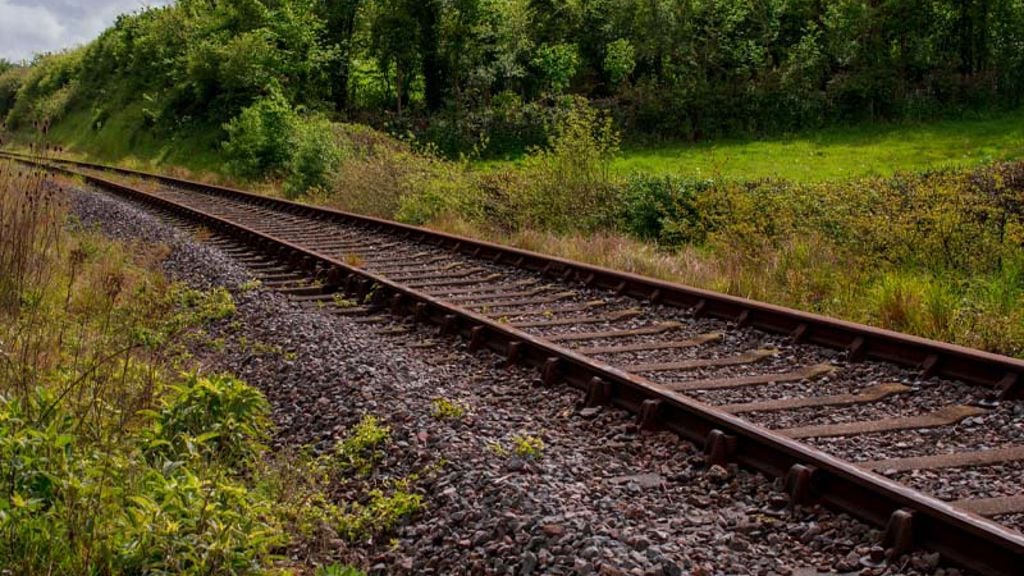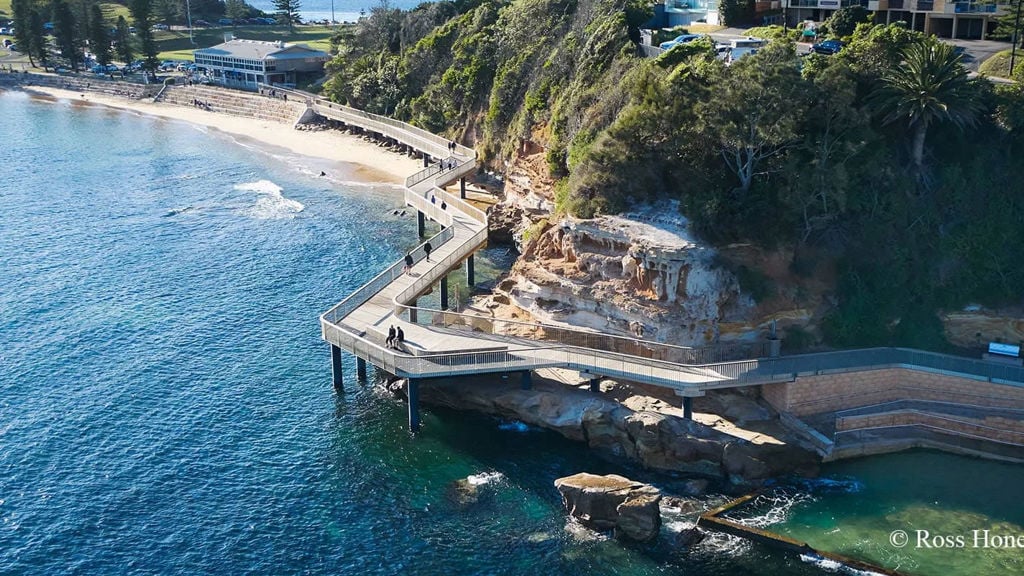Projects
From metro systems to concert halls, water utilities to wind farms, our projects in sustainability and infrastructure are shaping a better world. Discover the range of work we do.
Explore a selection of our projects:
Explore our work to decarbonise the built environment
Our work is helping to drive our clients’ net zero ambitions:

Lowering emissions through innovative refurbishment
1 Triton Square, United Kingdom

Rotterdam charts course to becoming carbon-neutral by 2050
Rotterdam Energy Transition Plan 2050, Netherlands

Setting a new benchmark in energy modelling for a city’s buildings
Carbon Free Boston, United States of America
Explore our work building resilience globally
We are working to strengthen our communities and infrastructure against the impacts of climate change:

Developing an urban drainage masterplan for Shanghai using machine learning
Shanghai urban drainage masterplanning, Mainland China

Reconstructing hope in a safer and more sustainable Peru
Peru reconstruction with changes, Peru

Supporting Network Rail’s transformation to meet the challenges of climate change
Weather resilience and drainage asset management transformation, United Kingdom
Explore our projects creating an impact on the lives of people
We prioritise socially valuable outcomes throughout our work:

Reconnecting communities with a design inspired by nature – Terrigal Boardwalk
Terrigal Boardwalk, Australia

Using parametric modelling to develop a data-driven transit redesign for Boston
MBTA Bus Network Redesign, United States of America

Climate resilience and social equity drive Ankara’s Green City Action Plan
Ankara Green City Action Plan, Türkiye
Since 1966, The Arup Journal has provided an exploration of some of our most significant work.

Featured Issue
The Arup Journal










